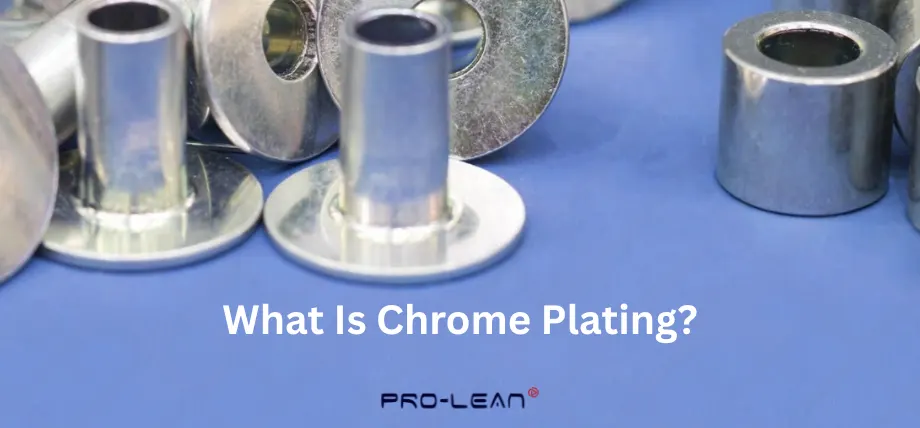
Chrome plated pins
Chrome plating is a common surface finishing process employed to deposit a thin layer of chromium onto both metallic and non-metallic substrates via electroplating. This process improves components in terms of their durability, corrosion, and individual aesthetics from the automotive to the aerospace industries.
Chrome plating has applications that are both functional and decorative, as it exploits the unique properties of chromium.
A brief overview of the subject with a focus on hard chrome plating and decorative chrome plating. This blog details the technical aspects of chrome plating, categories of chrome plating, and their engineering application.
What is Chrome Plating?
The process of chrome plating refers to the electroplating of a thin layer of chromium onto a metal surface using a plating solution, which usually contains chromic acid as one of its components. It employs an anode and a cathode, the base material of which serves as the cathode, and the plating solution is deposited with chromium.
The combination of surface hardness and corrosion resistance provided by chrome plating makes it a popular choice for both specific industrial applications and decorative finishes. Chrome plating can be applied in different thicknesses (hard chrome typically being thicker than decorative chrome).
Chromium as a Plating Material
Chromium is prized for its remarkable properties, including:
- Exceptional hardness (up to 70 HRC)
- Superior wear resistance
- Excellent corrosion resistance
- Low coefficient of friction
- Attractive lustrous finish
Such characteristics render chromium an excellent plating for functionality and appearance. The solution for plating generally contains chromic acid and catalysts for electrodeposition.
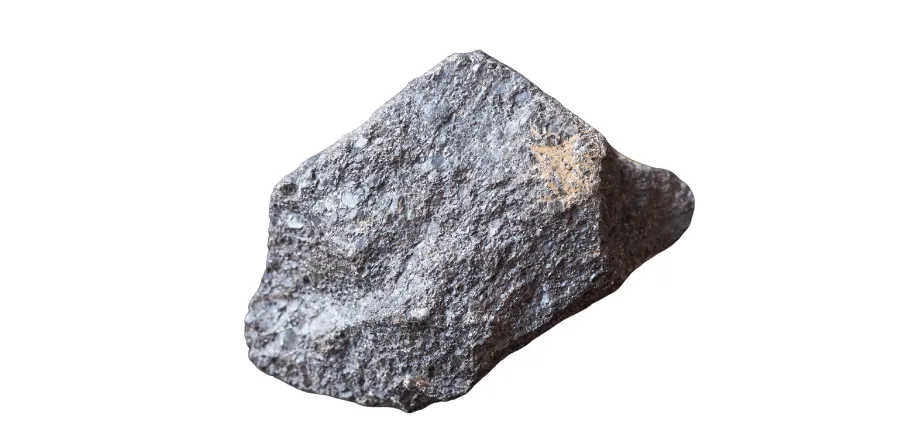
Chromium ore
Chrome Plating Process
Surface Preparation
Surface preparation refers to the process of cleaning, degreasing, removing rust, removing old coatings, and removing surface imperfections on the substrate to ensure proper adhesion of the coating. Dynamic and decontaminates with solvents, alkaline cleaners, or ultrasonic cleaning to remove oils and organic residue.
Sand blasting and bead blasting are sometimes used to remove paint, rust, and hard impurities.
Adhesion Improving Coat
An intermediate, or “strike,” coat of material is typically deposited on the part to improve adhesion between the base material and the chrome before the final chrome layer is applied. This is a crucial step, especially for metals such as aluminum, which naturally form oxide layers that can inhibit bonding.
Typically, a very thin layer of nickel is applied as a primer coat. It just forms a good base for the chrome layer.
In some applications, copper is the initial coating, over which bright or semi-bright nickel is plated and then subsequently built up on the surface to fill in microscopic imperfections and enhance molecular bonding.
Chrome Plating
In the chroming stage, the prepared and pre-coated part is immersed in chromic acid-based electrolyte solutions. An electrical current is applied, and chromium ions in the solution are deposited on the object.
Current is precisely held, and the temperature used is about 45 – 60 °C.
Try Prolean Now!
Types of Chrome Plating
Chromed surfaces generally fall into two categories and are referred to as functional and decorative chrome plating.
- Hard chrome plating — Functional enhancements in rolls and dies.
- Decorative chrome plating — Decorating an object with chrome-like reflections, creating an aesthetic look
There are also distinct categories of chrome that can be used to achieve varying purposes and plating processes to achieve specific outcomes.
Hard Chrome Plating
Hard chrome plating, also known as functional or engineering chrome, is a type of plating specifically aimed at enhancing the performance characteristics of metal parts. Hard chrome is usually thicker than decorative chrome and is directly plated on top of the base material.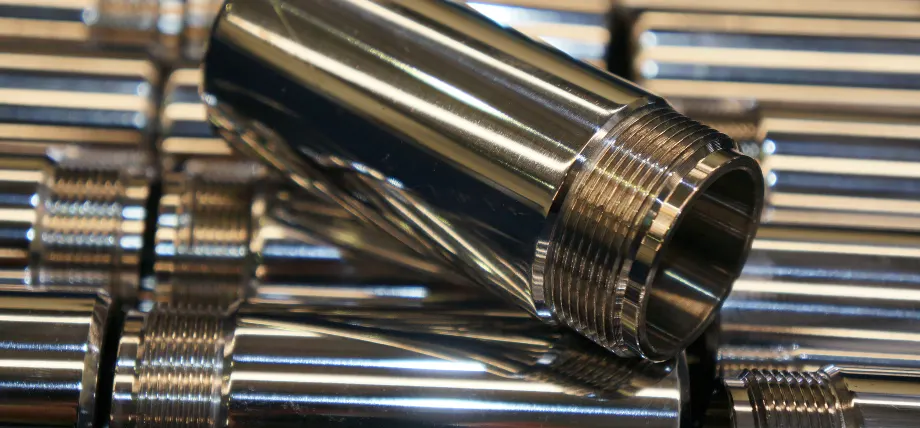
Hard chrome plated piece
Identifying Hard Chrome Plating
The hard chrome plating has its unique features, which make it suitable for demanding industrial applications. Its thickness is between 0.0002″ and 0.010″ (5-250 microns) with a robust coating that lengthens component lifespan.
In addition, with a hardness of 65-70 HRC, it has a higher repair effect and can well prevent the wear caused by friction. Its low coefficient of friction guarantees smooth operation in moving parts, while its good dimensional stability keeps good tolerances. Hard chrome plating can also restore worn components to their original size, which helps reduce operating costs and improve service life.
Applications of Hard Chrome Plating
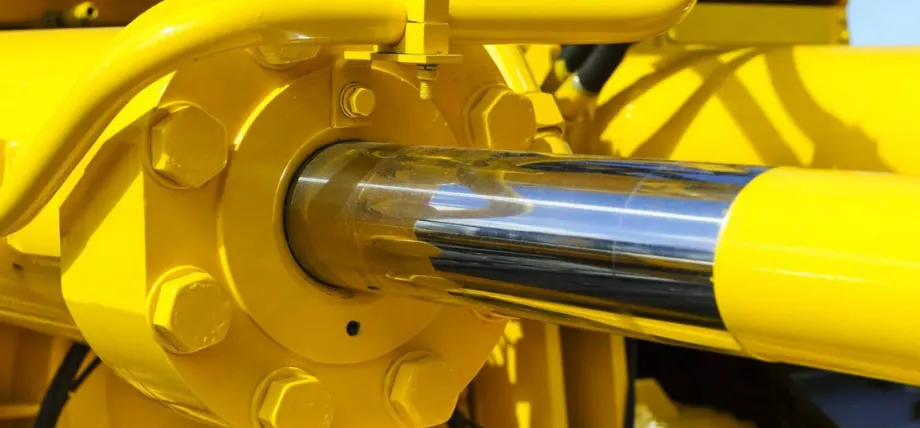
Chrome piece in a hydraulic machine
Hard chrome is used extensively in industrial applications where durability through abrasion resistance and wear resistance is critical:
Industrial printing rolls
At this point, hard chrome plating improves the surface of printing rolls with hardness, abrasion, and corrosion resistance. This guarantees accuracy in terms of ink transfer, as well as extended operation life and less downtime for maintenance.
Machine tools and dies.
Machine tools and dies benefit from hard chrome plating as it enhances their longevity and incorporates wear resistance. It reduces surface friction, reduces galling and seizing, and helps to retain the critical dimensions in high-stress environments.
Industrial Valves and Pumps
Hard Chrome Plating is particularly useful for valves and pumps as it provides them with protection against abrasion, corrosion, and chemical attacks. This treatment greatly increases component life and lessens the chances of leaking while allowing for efficient run times at high delivery levels in extremely challenging environmental conditions.
Automotive Engine Components
Engine components, such as pistons, shafts, and cylinders, are chrome-plated to endure extreme heat, friction, and wear. Hard chrome improves performance, boosts fuel economy, and contributes to overall dependability in automotive engines.
Industrial Molds
Molds are typically hard chrome plated to provide superior hardness, surface finish, and release properties. This inhibiting wear, chemical attack, and sticking will improve the product quality and significantly increase the lifespan of the mould in use.
Try Prolean Now!
Decorative Chrome Plating
Decorative chrome comes in the form of a thin layer of chromium electroplated over a base of copper and nickel. It is primarily used to give a bright, mirror-like finish and moderate corrosion resistance.
This process involves copper first for smoothing, nickel next for durability and corrosion protection, and, at the end, a thin chromium topcoat for hardness and appearance. The chrome layer is 0.1 to 0.3 microns thick.
Electroplating is done in a chromic acid solution at a carefully controlled temperature and current density. Decorative chrome is prevalent in automotive components, bathroom fixtures, and consumer products. In contrast, hard chrome is thick since it is applied for wear resistance, while decorative chrome is focused directly on appearance and surface protection.
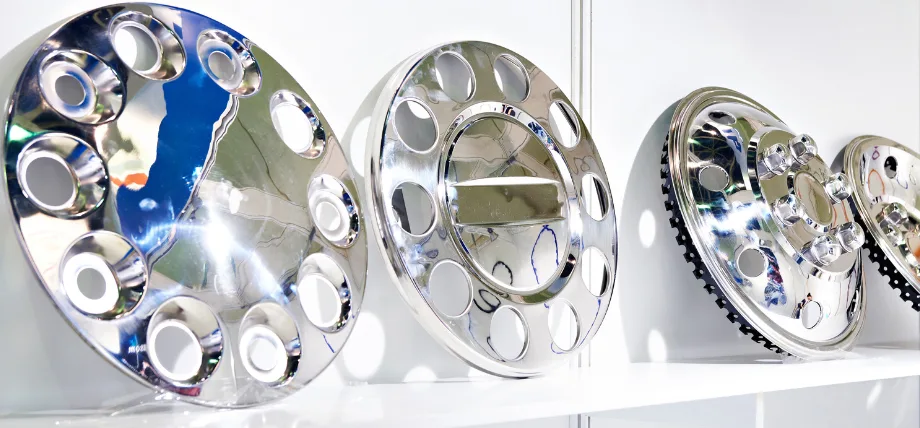
Decorative chrome
Applications of Decorative Chrome Plating
Motorcycle and Bicycle Parts
Chrome plating is a decorative process that involves adding a layer of chromium to the surface of handlebars, frames, exhaust pipes, and wheels using a gaseous, liquid, or aqueous medium as an intervening element.
Appliances
Household devices such as refrigerators, toasters, and blenders abound with decorative chrome. These coatings provide appliances with a sleek, modern appearance in addition to being resistant to scratching, tarnishing, and light wear.
Furniture
Chairs, tables, shelving furniture made of metal pipes, and decorative chrome plating. It lends a sleek, modern look while helping to prevent the structure from rust and damage.
Technical Considerations in Chrome Plating
Several technical factors influence the quality and performance of chrome-plated surfaces.
Plating Thickness Considerations
In practical applications, the thickness of the chrome layer varies greatly:
- Decorative chrome: 0.25-0.5 microns
- Wear Resistance Hard Chrome: 25–50 microns
- Dimensional build-up hard chrome: 50- 250+ microns
Plating a greater thickness (because of tight dimensional tolerances) is often a workaround to this. However, excessive deposition also leads to cracking and delamination.
Environmental and Health Considerations
Hexavalent chromium, a toxic and carcinogenic substance, is used for decorative chrome plating. Inhalation or skin contact can expose workers, leading to respiratory problems and other health risks. If not done properly, the plating process can also pollute the environment with wastewater and emissions. The industries are moving to trivalent chromium, which is less toxic and eco-friendly to minimize these risks. New, stricter regulations mandate better ventilation, wastewater treatment, and safer chemical use in plating plants.
Environmentally Friendly Alternatives
Several alternatives to traditional chrome plating are gaining traction:
- Physical vapor deposition (PVD) chrome-look finishes
- Electroless nickel composites
- Thermal spray coatings
- Advanced polymer coatings
While these alternatives cannot wholly replace Chromeme in all applications, they offer viable options for specific use cases.
Chrome Plating and Surface Finishing Services
Prolean-tech offers the highest quality precision finishing services, including chrome plating.
Contact us today for a free quote and elevate the finish of your custom parts.
Conclusion
Hard chrome plating and decorative chrome plating both fall under the same category of chrome plating, which is a widely applicable and profitable surface finishing process. Chrome plating involves applying a thin layer of chromium onto a metal or plastic substrate through electroplating, which improves the durability, reduces corrosion, and increases the aesthetic appeal of the finished product.
Hard chrome plating is best for industrial purposes due to its extreme surface hardness and durability. Still, decorative chrome plating is ideal for consumer products with an emphasis on their appearance. The future of chrome plating is promising, with the use of trivalent chromium and other green practices changing the game as the industry evolves.

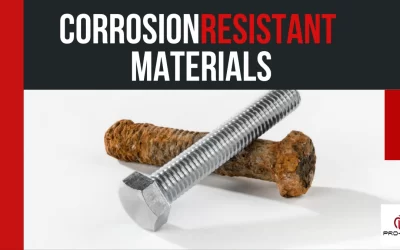
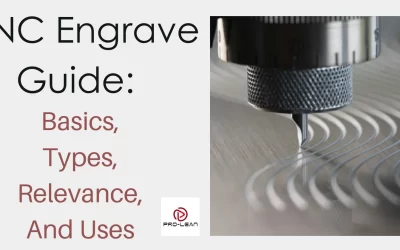
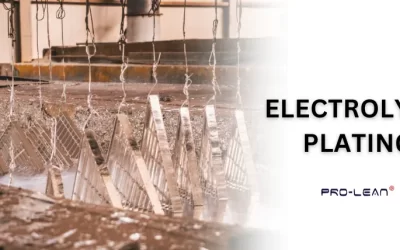
0 Comments